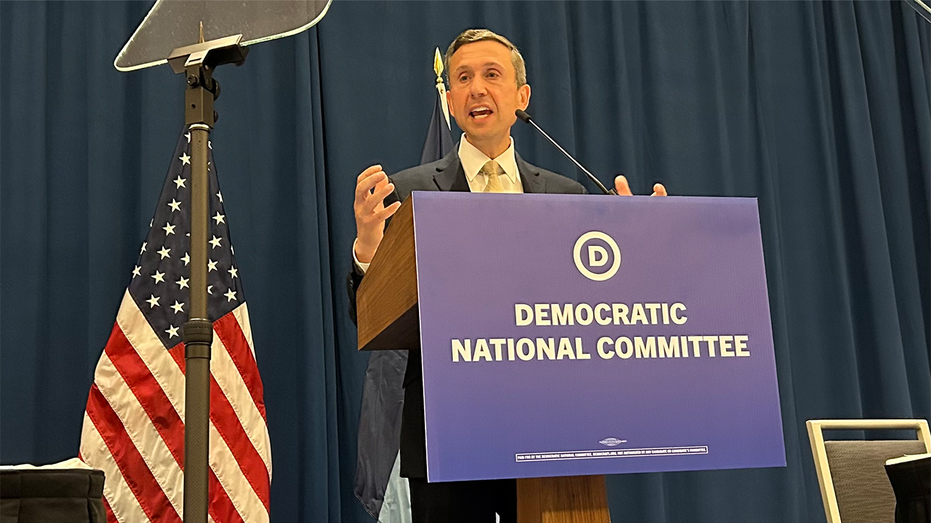The San Francisco Centre Mall, once a beacon of commerce and a symbol of the city’s vibrancy, recently sold at auction for a staggering fraction of its former worth. The sale wasn’t a quiet affair; it was a stark illustration of a city grappling with profound challenges, a dramatic fall from grace played out in the public eye.
Even before the pandemic, a troubling trend was taking hold. Lax policies regarding crime, particularly shoplifting and the implementation of low or no-bail systems, began to erode the foundations of businesses in downtown San Francisco. The atmosphere shifted, creating an environment where operating a retail establishment became increasingly difficult.
The arrival of Covid-19 proved to be a devastating catalyst. Stores already struggling with the consequences of unchecked crime faced a new, existential threat. As lockdowns and restrictions took effect, the once-bustling downtown core began to empty, leaving behind vacant storefronts and a growing sense of unease.

Businesses were forced to contend not only with rampant theft but also with the visible presence of individuals struggling with addiction, often camping directly outside their entrances. The mall, once a destination, slowly transformed into a haunting echo of its former self, a ghost town where shoppers once thrived.
Valued at an impressive $1.2 billion less than a decade ago, the San Francisco Centre Mall ultimately foreclosed, purchased by lenders Deutsche Bank and JPMorgan Chase for a mere $133 million – just 11 percent of its peak valuation. The numbers tell a chilling story of economic decline and lost potential.
An appraisal conducted at the end of 2022 already revealed a significant downturn, estimating the property’s worth at $290 million, a 76 percent decrease from its previous high. But even that diminished figure proved optimistic, as the final sale price fell far below expectations.

The mall had once been a central hub for both residents and tourists, a place where people gathered to shop, dine, and experience the energy of the city. However, a confluence of factors – shifting consumer habits favoring online shopping and a perceived decline in the safety and appeal of the downtown area – contributed to its downfall.
The question lingers: could a different approach to law enforcement and public safety have altered the mall’s fate? It’s a question without a definitive answer, but one that underscores the complex interplay between policy, economics, and the vitality of urban spaces. The San Francisco Centre Mall now stands as a poignant reminder of what can happen when these forces are left unchecked.
The story of the mall is more than just a financial loss; it’s a reflection of a city struggling to redefine itself. It’s a cautionary tale about the importance of maintaining a safe and welcoming environment for businesses and residents alike, and a stark warning about the consequences of inaction.





